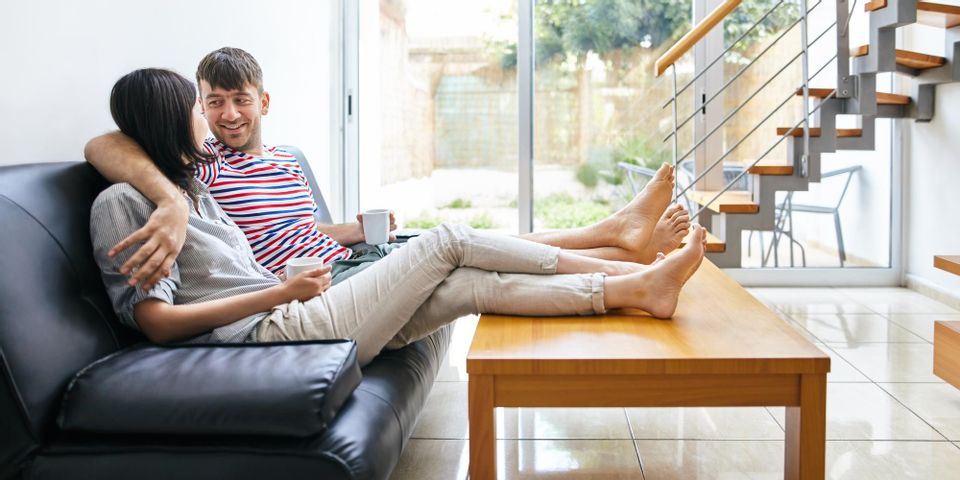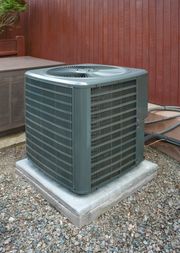
When it comes to heating and cooling systems, there are plenty of options on the market. Among those gaining traction in recent years is the heat pump. There are many misconceptions about this system, primarily because people misunderstand how it works and what it can do. Here’s a brief guide to get you started.
About Heat Pumps
A heat pump is an electrical appliance that uses the same principle as refrigerators and air conditioners: transferring and moving heat. Despite its name, it can both cool the space and provide warmth. During cold weather, it collects heat from the outside air or groundwater and moves it indoors. When it’s warm outside, it does the opposite.
Heat pumps move refrigerant throughout the system to release and absorb heat alternately. The compressor pressurizes the refrigerant and increases its temperature, and the expansion device reduces the pressure on the refrigerant to drop the temperature and transform it into vapor or liquid. The reversing valve changes the directional flow of the refrigerant, allowing it to switch between heating and cooling modes.
A heat pump can warm a house but produces less heat compared to a furnace or boiler. Therefore, it can work in tandem with a central, forced-air system when the weather dips below freezing. The heat pump will function until the air outside becomes too cold, then the furnace will kick on to provide supplementary heat.
Heating Mode
 The pump absorbs heat energy from outside via the cold refrigerant, which then evaporates into gas in the outdoor unit’s evaporator coil. It flows into the compressor, where it pressurizes the refrigerant to create high temperatures. Once heated, it moves to the indoor unit. Since the indoor air is colder than the compressed refrigerant, the heat transfers to the room, warming up the air and condensing the gas to its liquid form.
The pump absorbs heat energy from outside via the cold refrigerant, which then evaporates into gas in the outdoor unit’s evaporator coil. It flows into the compressor, where it pressurizes the refrigerant to create high temperatures. Once heated, it moves to the indoor unit. Since the indoor air is colder than the compressed refrigerant, the heat transfers to the room, warming up the air and condensing the gas to its liquid form.
The expansion device or valve relieves the pressure, turning the refrigerant cold again to absorb heat and repeat the cycle. During the heating mode, the outdoor and indoor coils become the evaporator and condenser, respectively.
Cooling Mode
When cooling, the entire process gets reversed, and the unit acts as an air conditioner. Instead of extracting heat energy from the outside, it comes from the indoors and goes through a similar cycle of evaporating and condensing the refrigerant to cool the air.
Learn more about heat pumps when you speak to a professional from Ray’s Heating, Plumbing, Electric in Salmon, ID. They’ve provided a range of heating and electrical services, including boiler repairs and heat pump installations, throughout the area for almost 50 years. Call (208) 756-3649 or visit them online for more information on their products and services.
About the Business
(31 reviews)
Have a question? Ask the experts!
Send your question

